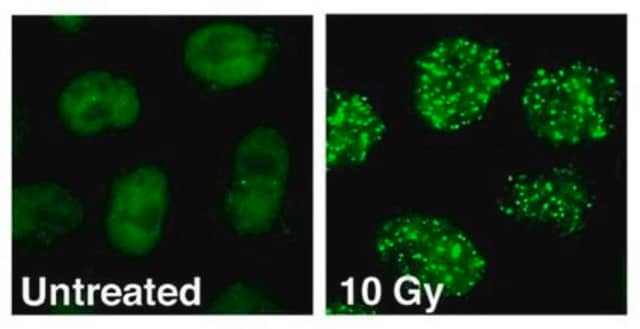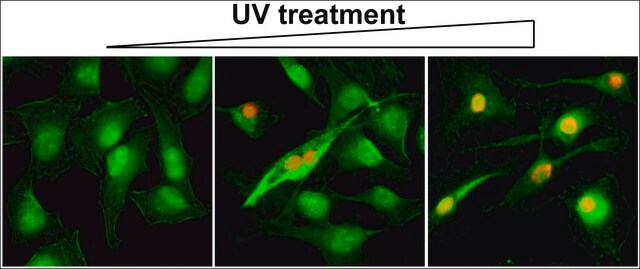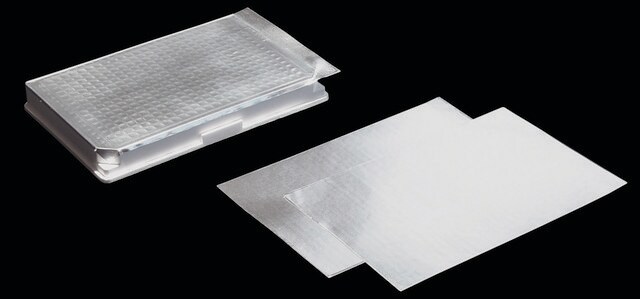AC111P
Sheep Anti-Mouse IgG Antibody, Species absorbed Antibody, HRP conjugate
from sheep, peroxidase conjugate
About This Item
Productos recomendados
origen biológico
sheep
Nivel de calidad
conjugado
peroxidase conjugate
forma del anticuerpo
purified antibody
tipo de anticuerpo
secondary antibodies
clon
polyclonal
reactividad de especies
mouse
técnicas
western blot: suitable
Condiciones de envío
ambient
modificación del objetivo postraduccional
unmodified
Descripción general
Especificidad
Inmunógeno
Aplicación
Secondary & Control Antibodies
All
Calidad
Western Blotting Analysis: Performance of this HRP-conjugated secondary antibody (Cat No. AC111P) is validated at a 1:4,000 dilution for target band labeling following a mouse monoclonal GAPDH antibody (Cat. No. MAB374) in Western blotting application using 10 µg of A431 cell lysate.
Descripción de destino
Ligadura / enlace
Forma física
Almacenamiento y estabilidad
Otras notas
Información legal
Cláusula de descargo de responsabilidad
¿No encuentra el producto adecuado?
Pruebe nuestro Herramienta de selección de productos.
Palabra de señalización
Warning
Frases de peligro
Consejos de prudencia
Clasificaciones de peligro
Aquatic Chronic 3 - Skin Sens. 1
Código de clase de almacenamiento
12 - Non Combustible Liquids
Clase de riesgo para el agua (WGK)
WGK 3
Punto de inflamabilidad (°F)
Not applicable
Punto de inflamabilidad (°C)
Not applicable
Certificados de análisis (COA)
Busque Certificados de análisis (COA) introduciendo el número de lote del producto. Los números de lote se encuentran en la etiqueta del producto después de las palabras «Lot» o «Batch»
¿Ya tiene este producto?
Encuentre la documentación para los productos que ha comprado recientemente en la Biblioteca de documentos.
Nuestro equipo de científicos tiene experiencia en todas las áreas de investigación: Ciencias de la vida, Ciencia de los materiales, Síntesis química, Cromatografía, Analítica y muchas otras.
Póngase en contacto con el Servicio técnico









